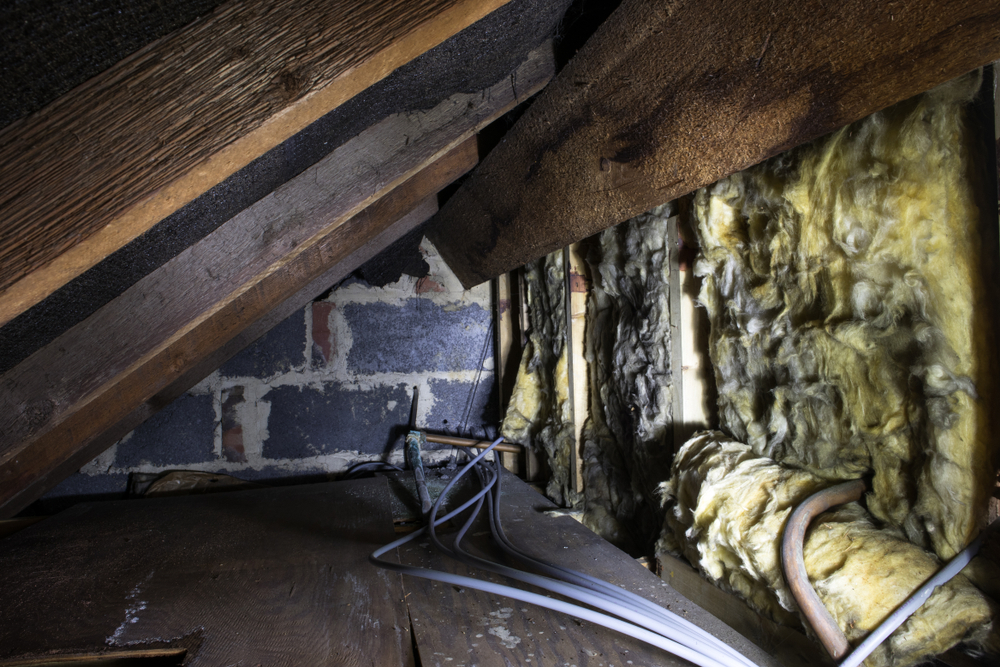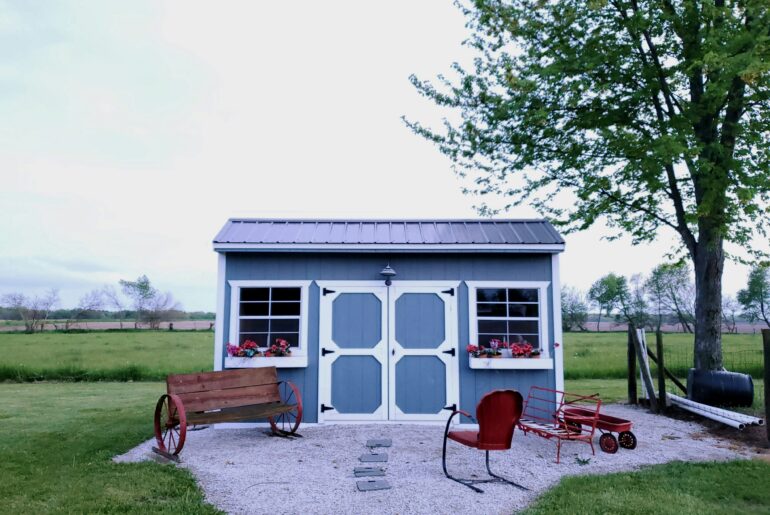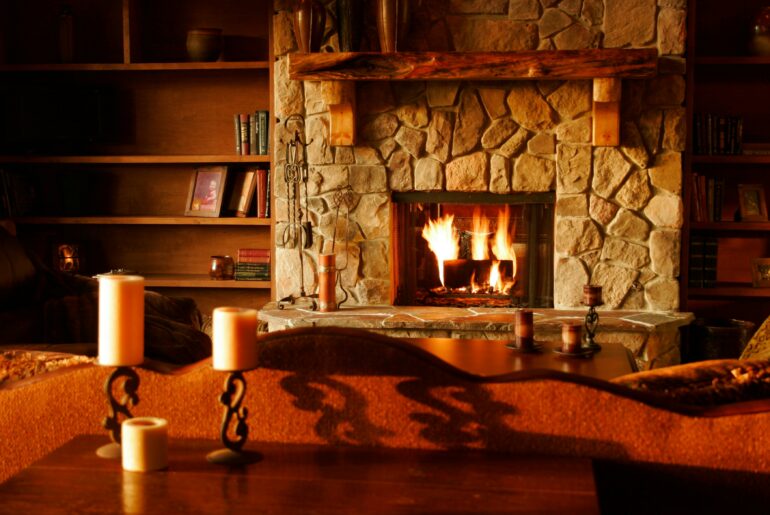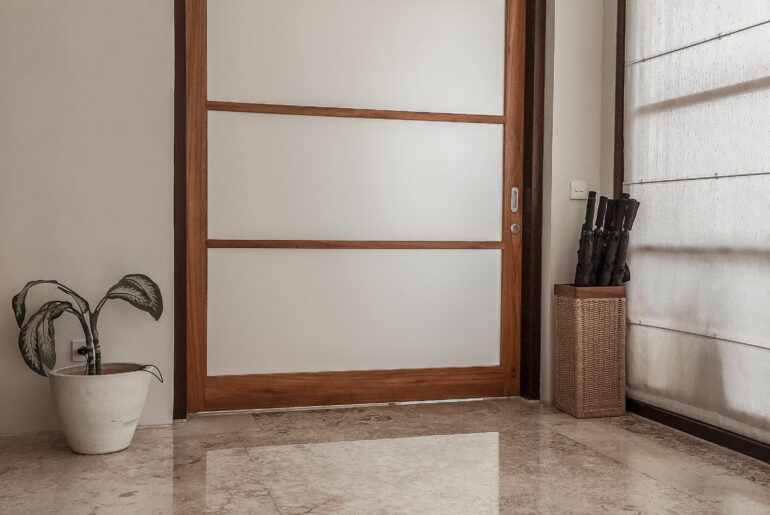Some very old homes still have crawl spaces with a dirt floor, which can allow moisture damage to occur. Wood rot, mildew, and mold are but a few common problems caused by a dirt floor crawl space.
In modern construction, no structure with a crawl space would be built without the benefit of a 6mm vapor barrier. The vapor barrier is usually black builder’s plastic, which covers the entire floor of the crawl space and rises 6” up the foundation masonry walls.
If you plan to insulate your crawl space but it currently has a dirt floor, you will need to perform a little extra work. Here we will discuss the process of insulating a dirt floor crawl space and which materials the pros use.
How Do I Insulate a Crawl Space With a Dirt Floor?
Before you begin insulating a crawl space with a dirt floor you should check the vent performance and add a vapor barrier. It’s not a good idea to insulate a crawl space before you solve any ventilation issues and seal out as much moisture as possible.
If you install the insulation first, using fiberglass batts as an example, you may allow the insulation to absorb moisture. Verify that the crawl space has adequate ventilation and no groundwater is entering the crawl space from the dirt floor.
1. Seal the Masonry If Possible
Waterproofers can be applied to crawl space masonry walls from inside the crawl space. The idea is to prevent the masonry from allowing moisture into the crawl space through conduction. In simpler terms, you want to stop the masonry from becoming a sponge.
Ideally waterproofers are added on the exterior of the foundation which prevent water from seeping inside the wall. In a retrofit however, the waterproofer can be applied from inside the crawl space. However, great care should be taken to provide adequate ventilation or a respirator should be used.
2. Add the Vapor Barrier
The addition of the vapor barrier essentially separates the dirt floor from the structure. As groundwater rises with the water table, water can pool under a crawl space without the benefit of a physical barrier.
Adding a vapor barrier is a simple process. Generally a sharp knife (or scissors) and a roll of hydrophobic tape is all you will need. The pros take the entire roll (often 100’ long) into the crawl space and unfurl it starting from the center and working toward the walls.
When the wall is reached, the vapor barrier is raised at least 6” up the vertical foundation wall and taped into place. Any seams should be taped in the same way to prevent water from finding its way into the crawl space via a seam.
3. Seal Any Gaps or Cracks
After you install the vapor barrier, you can begin to seal up any other penetrations around the perimeter. The two best sealing materials are caulk for small cracks and expanding spray foam for any crack over ¼” wide.
Pros locate small, hard to see cracks by shining a flashlight around the perimeter from the outside, while someone in the dark crawl space marks the locations of light penetrations. Seal any gaps, cracks, or spaces between the masonry and the floor system above.
4. Install the Insulation
You can use fiberglass batts, mineral wool, rigid foam panel, expanding spray foam, or a combination. For example, a process termed “flash and batt” refers to installing spray foam insulation in the crevices, and adding batts to the remainder of the void.
You can also use rigid foam panels in layers, building up the R value with each one. If you have the resources, closed cell expanding spray foam insulation may be the best option for a crawl space. Spray foam can be applied directly to the masonry, effectively sealing it against moisture.
Fiberglass Batts
Fiberglass batts are handily the same thicknesses needed for a crawl space, which is usually R-11. However, if you live in a colder climate, R-26 may be required for your crawl space so plan accordingly. Batts are usually available in R-30, which would be ideal in these regions.
Mineral Wool
Mineral wool insulation is very durable, but is not usually the first choice for crawl spaces. Most mineral wool batts are installed by compression instead of a mounting tab. Over time, gravity and minor movements can loosen the mineral wool, allowing it to detach.
Rigid Foam Panels
Rigid foam panels are ideal for insulating a crawl space with a dirt floor because they are mostly hydrophobic, easy to install, and very lightweight. Rigid foam panels are often installed with adhesive, which eliminates the need for mechanical fasteners.
Spray Foam
Spray foam insulation offers the most benefits for crawl spaces with a dirt floor because it can be applied to almost everything but the dirt itself. Spray foam forms an effective thermal envelope within the crawl space when used in tandem with a vapor barrier and good ventilation.
As the name implies, spray foam insulation is dispensed as a foam, which quickly hardens into a rigid shell. Closed cell spray foam is the most popular for insulating an entire crawl space, while open cell spray foam is more commonly used for small gaps and cracks.





